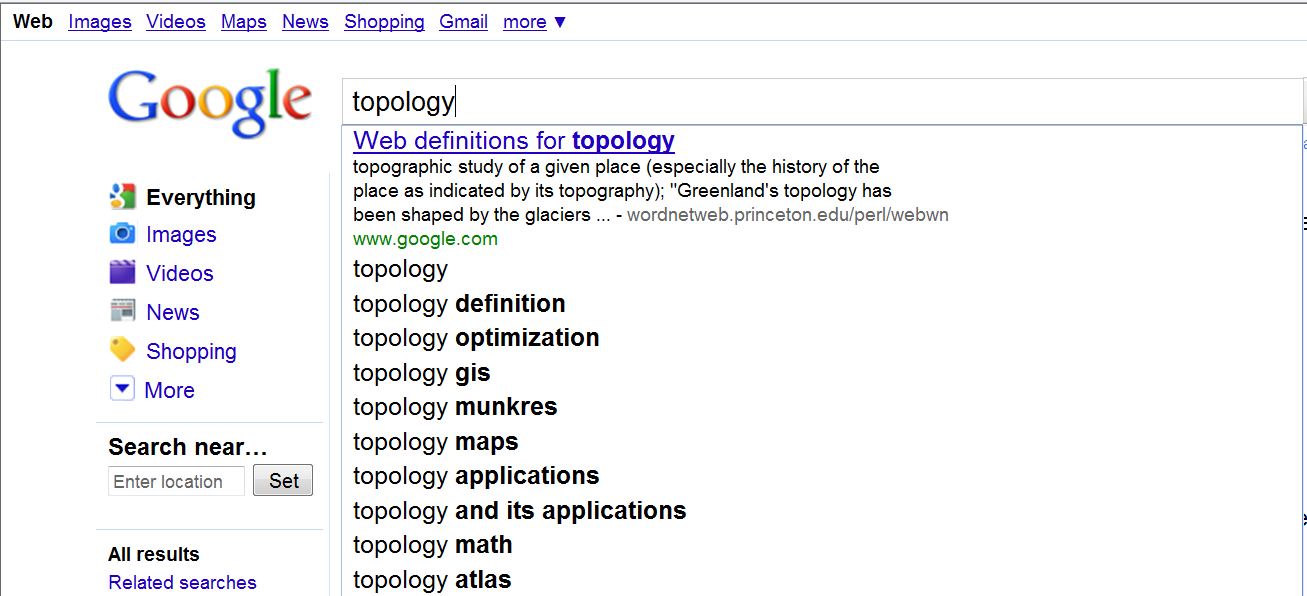February 24, 2011
February 19, 2011
A few more academic papers have been published that use Pixcavator for image analysis. An amazing variety of fields!
- Eman Abdelzaher, Ibtesam AbdelReheem, Madiha Hassan, Aml Abd-Elhameed, and Dalia Kamal, Effects of angiotensin converting enzyme inhibitors, peroxisome proliferators activated receptor γ agonists, and statins on a rat model of hypertension, Bulletin of Alexandria Faculty of Medicine, Vol 46, No 3 (2010).
- DSVGK Kaladhar and Siva Kishore Nandikolla, Antimicrobial studies, biochemical and image analysis in mirabilis jalapa, International Journal Of Pharmacy&Technology, Sep-2010, Vol. 2, Issue No.3, 683-693.
- Andres Salcedo, Angel Del Valle, Barbara Sanchez, Victor Ocasio, Amaury Ortiz, Pedro Marquez, and Dimuth Siritunga, Comparative evaluation of physiological post-harvest root deterioration of 25 cassava (Manihot esculenta) accessions: visual vs. hydroxycoumarins fluorescent accumulation analysis, African Journal of Agricultural Research Vol. 5(22), pp. 3138-3144, 18 November, 2010.
- DSVGK Kaladhar,Studies and affects on biospere due to spiderdegrading fungi, International Journal of Pharmaceutical Sciences Review and Research, Volume 6, Issue 1, January – February 2011.
- Felix N. Okonta and S. G. Magagula, Railway Foundation Properties of Some South African Quarry Stones, The Electronic Journal of Geotechnical Engineering, Volume 16 [2011] Bundle A, pp. 179-197.
- Dharmendra K. Maurya, Nivedita Nandakumar, and Thomas Paul Asir Devasagayam, Anticancer property of gallic acid in A549, a human lung adenocarcinoma cell line, and possible mechanisms, Journal of Clinical Biochemistry and Nutrition, 2011 January; 48(1): 85–90.
- Douglas Blackiston, Dany S. Adams, Joan M. Lemire, Maria Lobikin, and Michael Levin, Transmembrane potential of GlyCl-expressing instructor cells induces a neoplastic-like conversion of melanocytes via a serotonergic pathway, Disease Models and Mechanisms, 2011 January; 4(1): 67–85.
The rest is here.
Comments Off
February 14, 2011
Google doesn’t know the difference between topology and topography, or at least definies the former via the latter. That’s just pathetic!

February 12, 2011
I tried to illustrate the relation between Topology, Algebra, and Geometry using delicious donuts.

It may be seem strange to some that topology is related to counting but consider the fact that the key step here is to recognize that these are separate – disconnected — objects! (There are also two holes.) As you can see both computing and measuring have to rely on counting, at least initially. So, yes, topology comes first.
Comments Off
February 7, 2011
It’s time again to announce that the students’ applications for participation in the grant “REU Site: Computational Science Training at Marshall University for Undergraduates in the Mathematical and Physical Sciences” are being accepted. Over the summers of 2010–2012, the Departments of Mathematics, Physics, and Chemistry at Marshall University will jointly host twelve students for ten weeks of instruction and research in computational science.
The general goal is to do something new computationally while learning some math. These are the two that I supervised last summer:
They correspond to the first two items on this new set for 2011:
- Digital image analysis
- Topological data analysis
- Image-to-image search
- Modeling with discrete exterior calculus
|
Details here. Please contact me if you have any equations.
Comments Off
February 2, 2011
As a joint product of Intelligent Perception and AssaySoft Inc. we release Pixcavator DLL.
This library supplies the developer with a basic tool for image analysis and computer vision. The output contains the most fundamental data about the image: a list of all objects in the image along with their measurements, locations, and other characteristics. The DLL allows anyone with Microsoft Visual Studio to create new software based on the methods presented in this site. To understand the algorithms, read Grayscale Images.
This is how DLL works:
Essentially, we take care of the math for you and let you concentrate on:
- user interface,
- file management,
- data management,
- domain knowledge.
The package provides programmatic access to the low level image processing algorithms employed in our popular image analysis software. These methods have been proven in numerous applications.
This package can be used as a component in a variety of software for image analysis applications. You can think of it as a plug-in. It is a VS C# solution.
The package contains just two DLLs and a short description. Its operation is also very simple.
More information will be posted here.
Comments Off
|
|
|





